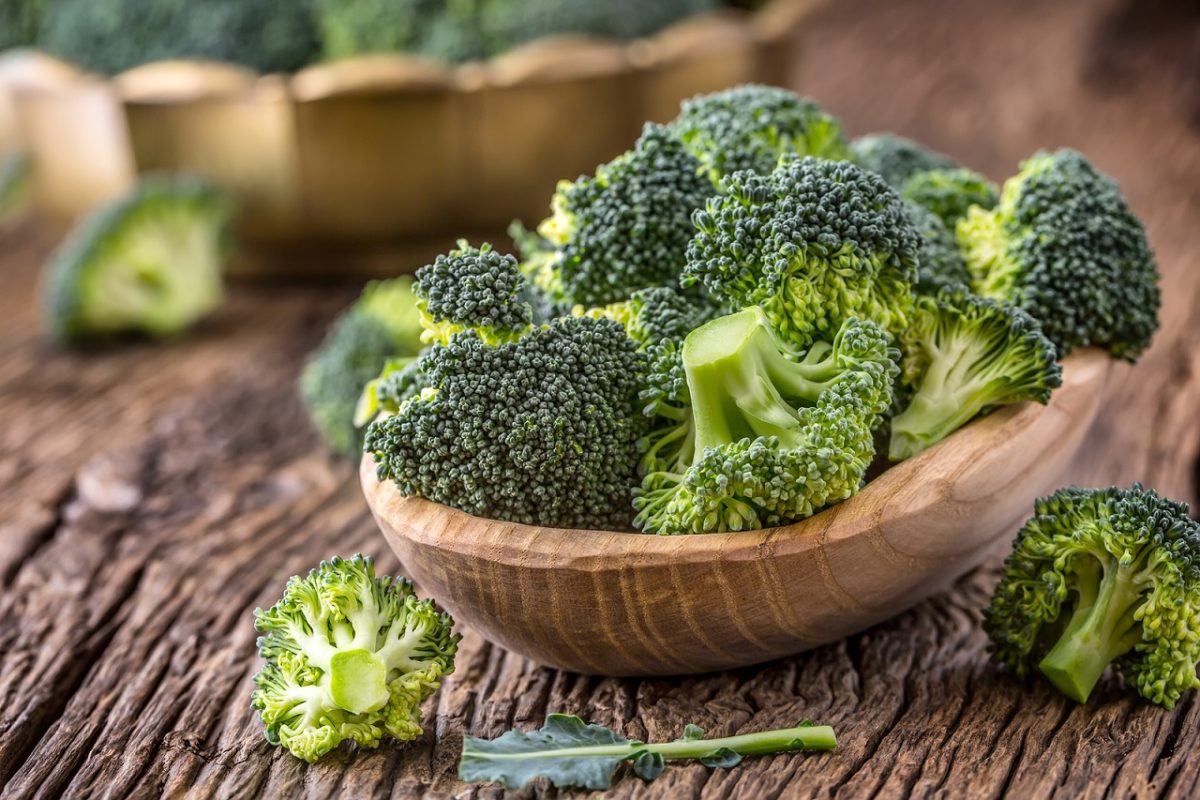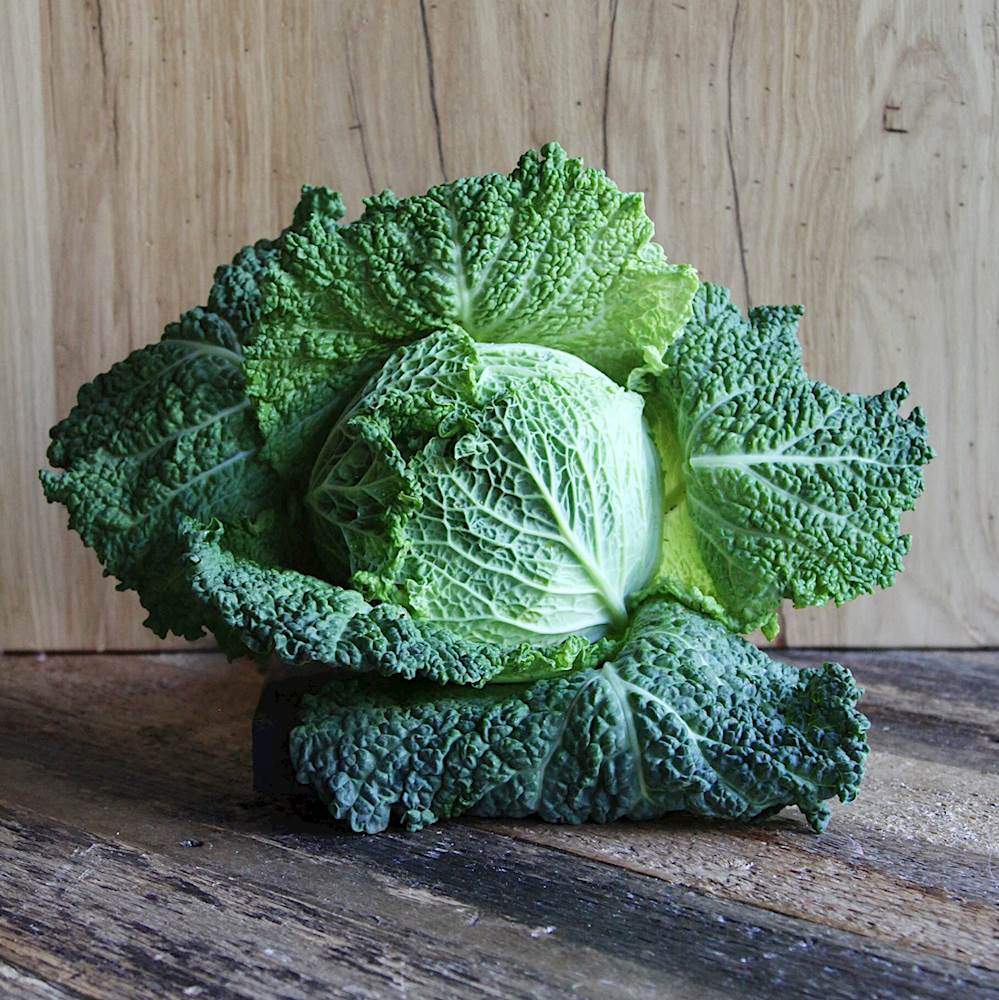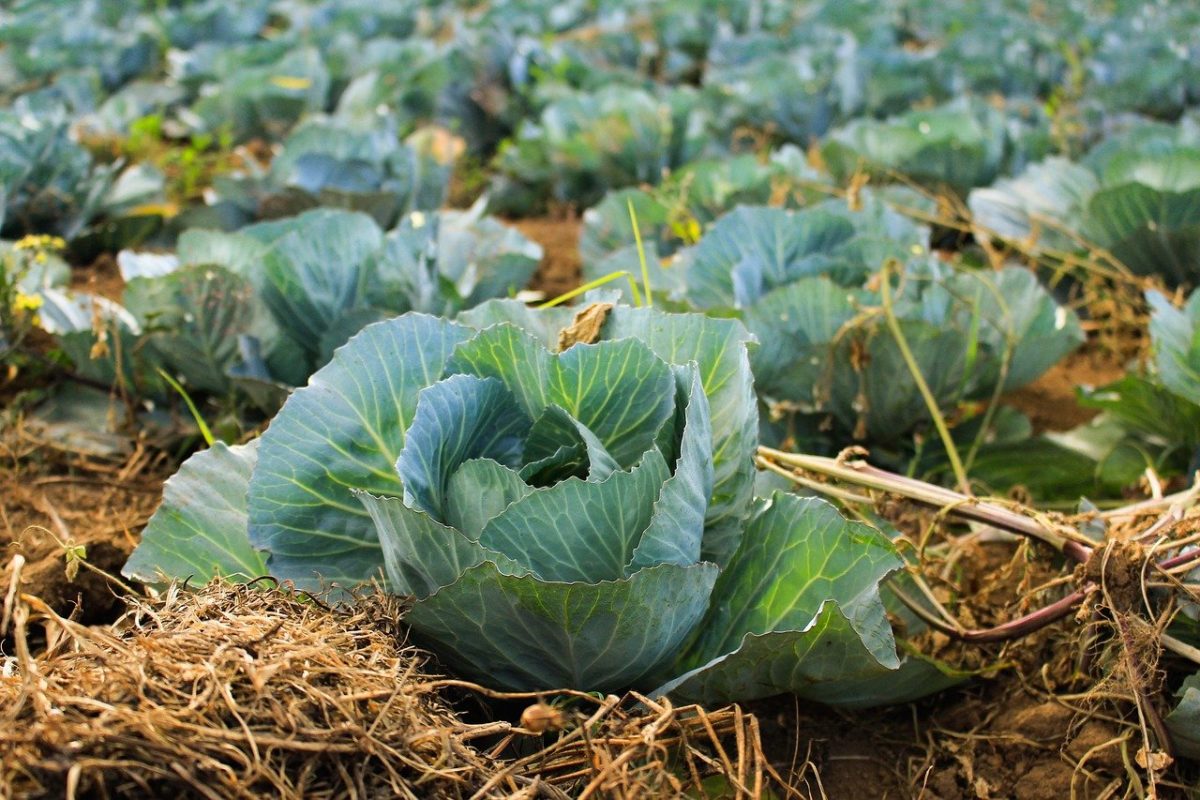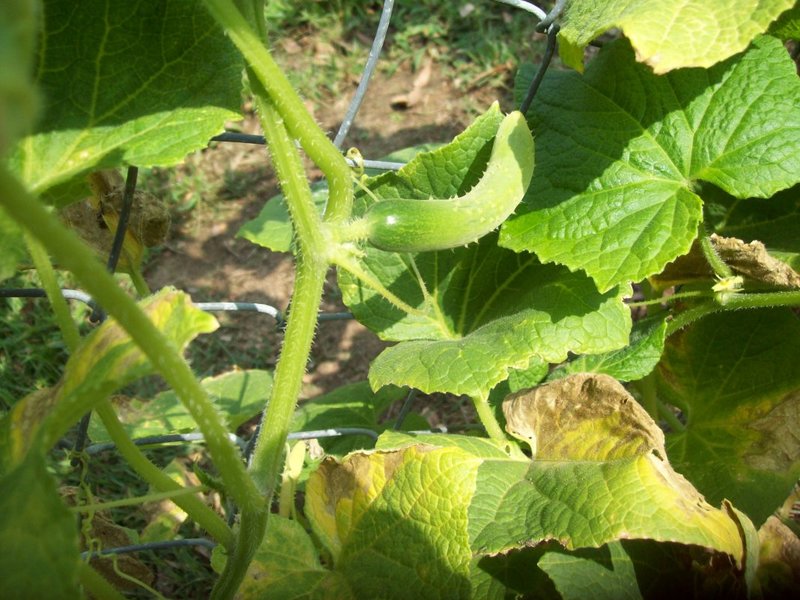Vegetables
Cabbage is the most useful vegetable that has been cultivated since time immemorial. Archaeologists claim that the diet of the people of the Stone Age already included dishes from wild cabbage. She was respected by the ancient Egyptians, Greeks and Romans, among the Slavic peoples she was also given an honorable place. However, there were few varieties of this vegetable at that time, no more than 30. The true flowering of cabbage came in the last century. Breeders have developed varieties that can be successfully grown in different climatic zones. And gourmets and adherents of a healthy diet can choose cabbage for every taste.
Many young summer residents often do not know the reasons why cucumber leaves suddenly begin to turn yellow. Meanwhile, there can be many reasons for this - from violation of agricultural technology and growing conditions to serious diseases. Before taking any measures, you should more accurately understand the reasons so as not to harm the young plantings even more.




